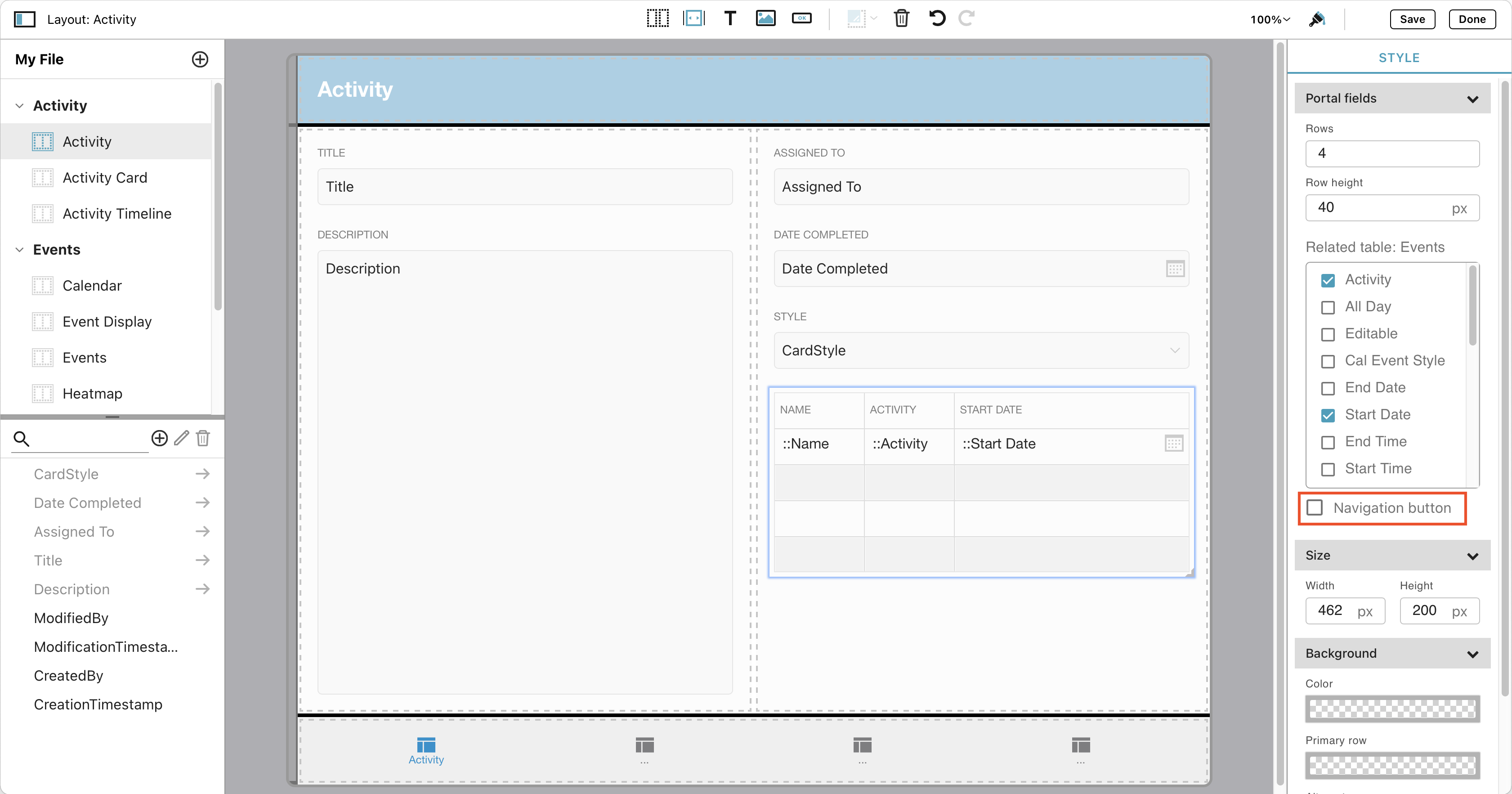
If it works, it will open your FileMaker Pro database for you. You should be able to test the URL you created by typing it into the address bar of your web-browser and hitting enter. Once you have collected this information, you’ll be able to form a URL following this format: >://server//filename.>Īn example of this would be: FMP7://192.168.1.1/Menu.fp7
What is the name of the file you’re going to be connecting to?. What server are you going to be connecting to? (Either an IP address or a hostname will suffice here). In what format is the database you’re accessing? (For FileMaker Pro 7 Through 11, the protocol is FMP7, and the file extension is FP7, For FileMaker Pro 12, the protocol is FMP and the file extension is FMP12). Since there are so many combinations, I won’t go into a lot of detail here, but I want to make sure you’re at least armed with the knowledge of how to compose a valid URL to your database.Īt the very least, you’re going to need to know: How you go about creating a link though, will depend on a number of variables such as what version of FileMaker Pro was your database designed for, what browser you’re using, and what operating system you’re working with. Linking to the database is typically done through a web-browser. There are of course multiple ways to accomplish this, and I’d like to briefly touch on a couple of them. In cases like this, it would be nice to have a simple shortcut to click on, that will launch FileMaker Pro for you, and automatically connect to the proper database. Once you get into hosting your database on a FileMaker Server, then your clients will have to “Open Remote” to access the database, and sometimes that will introduce even more complexity into the picture such as “What server is the database hosted on?” or “Why do I have to enter my credentials twice?”. 
If you’re using your database regularly, and if it’s got any mission-critical data in it, then you really should be hosting your database on a FileMaker Server, and let’s face it, not everybody understands how the client-server model works. Any of these approaches seem to involve an unnecessary intermediary step… especially if you’re a novice FileMaker Pro user. If you use a FileMaker database (or even multiple FileMaker databases) on a regular basis, then chances are you typically open up FileMaker Pro first, and from there either pick the database you want to work in from within the Recent Files list, or even use the “Open” command or “Open Remote” command.





 0 kommentar(er)
0 kommentar(er)
